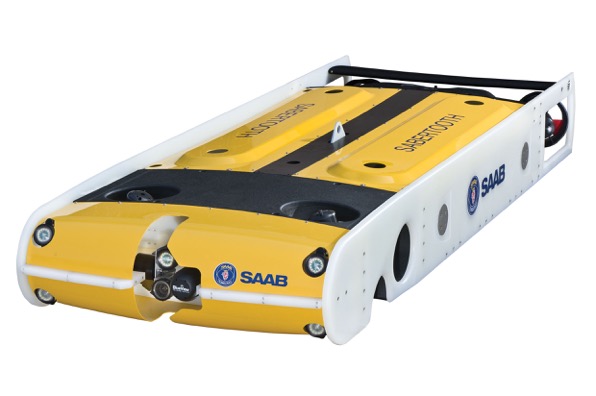They see a future where ROVs and AUVs in their present form will cease to exist and are replaced by transformative e‐robotics that can roam, hover, reside and perform all underwater tasks.
It is a future where task resolution is key, not class of vehicle, says the company.
Such tasks will include the heaviest in the subsea industry, tasks that electric systems and tools on the market today cannot yet undertake, but where the company sees rapidly advancing technology, innovative design and operational methods opening up an all-electric underwater world.
“...a future where task resolution is key”
Matt Bates
Sales Director
This will bring further significant savings, says director, Matt Bates, savings that are already here today as electric technologies bring considerable through‐life cost economies.
Electric is also more effective, he contends, as an all‐electric robotic system is up to 50% more efficient, and typically has double the power density of an electro-hydraulic system.
Miniaturisation
Rapid advances in miniaturisation – a key benefit of electric technology – are accelerating advances, says Matt Bates, and are creating electric robotic systems that are smaller, lighter, smarter, more agile and more powerful.
Electric actuators and tools have the added benefit of a simplified, reliable interface which, when complemented with an internal processor and suitable micro-sensors, extracts valuable data, enhances control options and increases total system reliability through continuous internal monitoring. Having more data available from a device assists with pre‐emptive maintenance planning and, coupled with an electric‐only interface, allows for more remote long‐term deployment underwater.
Lower costs
Matt Bates says technology breakthroughs are already bringing savings, with reductions in vehicle size, weight, cable diameters, winch size and other elements, leading to more compact systems that make considerable economies for operators.
He points to the Leopard work vehicle as an example of how technology breakthroughs are opening up a lower cost future.
Compared to a 60 ton hydraulic equivalent, the Leopard’s 30 ton complete package has a much smaller footprint, faster mobilisation time, lower maintenance costs, and needs fewer staff at the worksite, Matt Bates says. In addition, the Leopard’s unprecedented ratio of thrust to volume and speed through water provides the payload, power and control stability needed to carry the range of tooling and sensors usually associated with much larger systems.
hr.jpeg)
Leopard – the most powerful electric work system of its size in the world incorporates many of the features that are shaping the future of transformative underwater e‐robotics.
Transformation
A foretaste of transformative technology can be seen in the emergence of the hovering autonomous vehicle capable of being controlled remotely through low bandwidth links whilst accurately performing long excursion inspections, surveys and environmental monitoring tasks. An example is the Sabertooth which has merged AUV and ROV technology into a single system that can, through wireless communication, roam, hover and perform tetherless light intervention tasks such as valve operations with an integrated electric torque tool.

Sabertooth – pioneering transformative technology that has created a system that can roam autonomously, hover, perform light tasks and remain resident.
Intelligent control
Common to the future of all robotic systems is intelligent, behaviour-based control systems architecture, such as the iCON system, which comprises a set of hardware and software building blocks that allow harmonious migration of concepts across different systems and accelerates future development innovation.